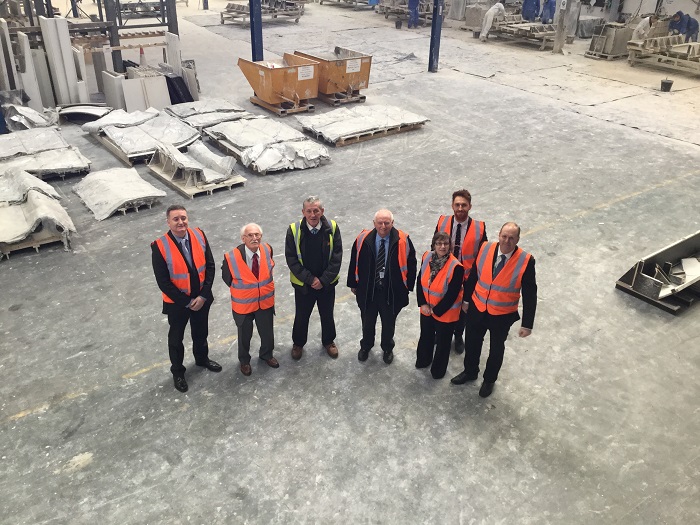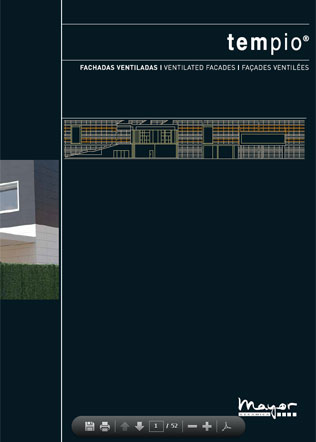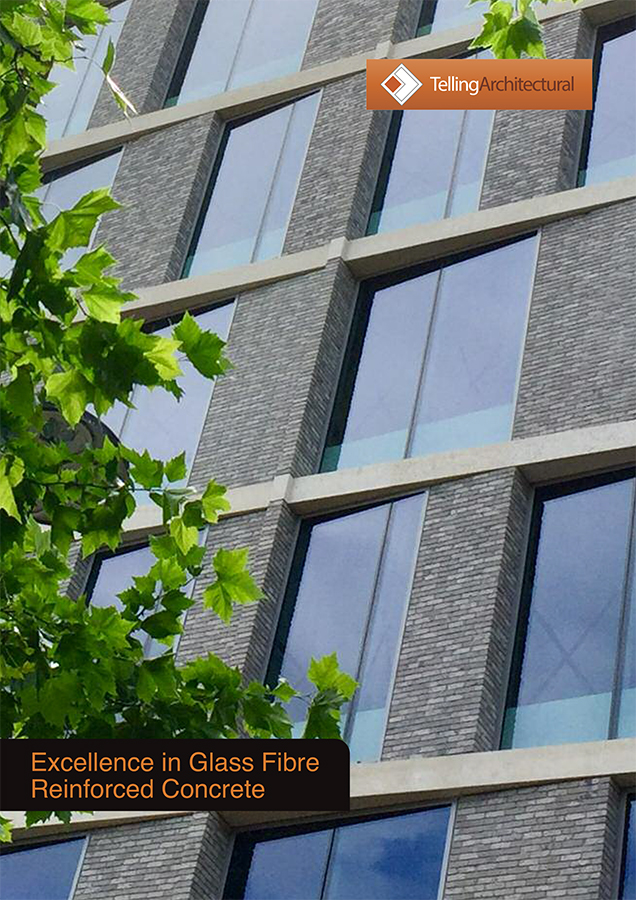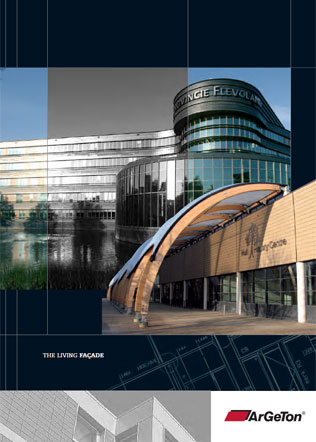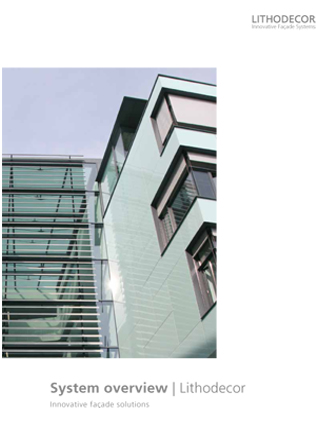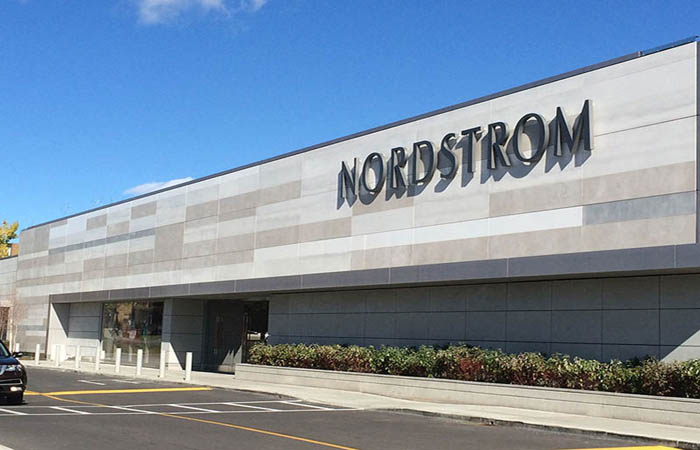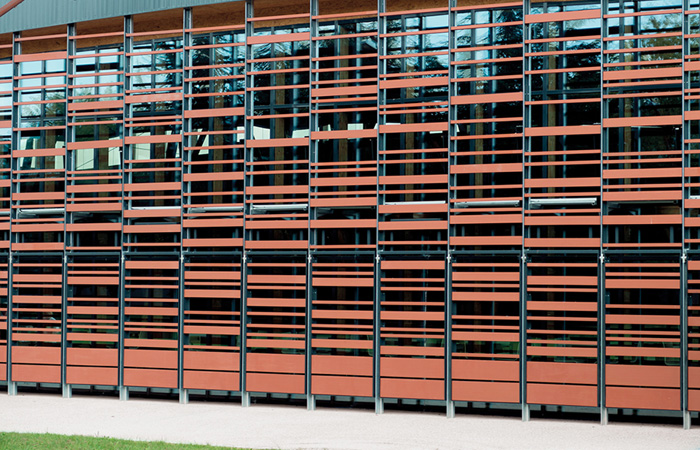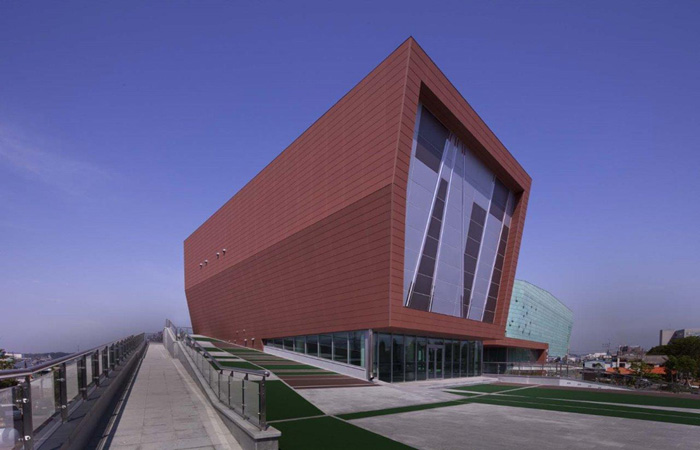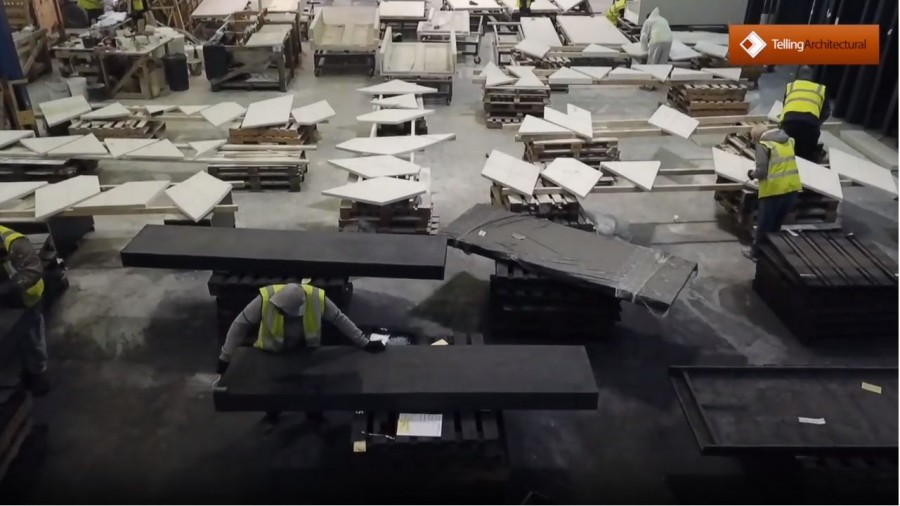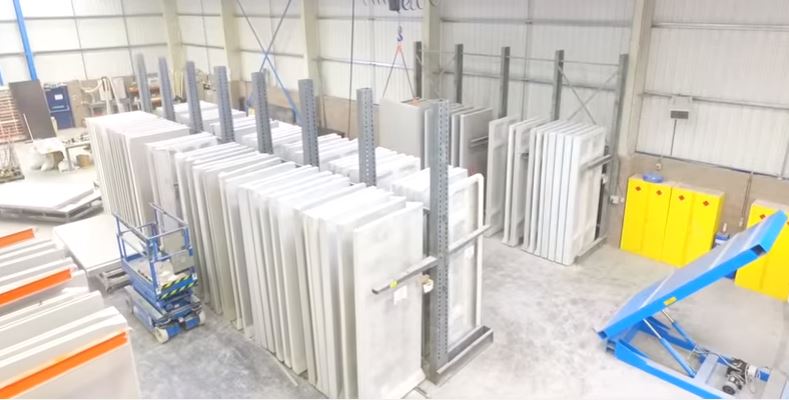Telling Architectural continues with its’ target to become the leading designer and manufacturer of GRC cladding panels (glass fibre reinforced concrete) in Europe. ISO9001 and 14001 accreditations were re-certified following our move to a new 60,000 sq ft production facility in 2016. Although remaining at Four Ashes in Wolverhampton, Telling has tripled its production capacity and now employs 100+ skilled operatives and staff.
The relocation was needed due to the increasing popularity of GRC as a lightweight cladding medium with a particular focus upon our unique method of producing a natural brick facing to the GRC panels.
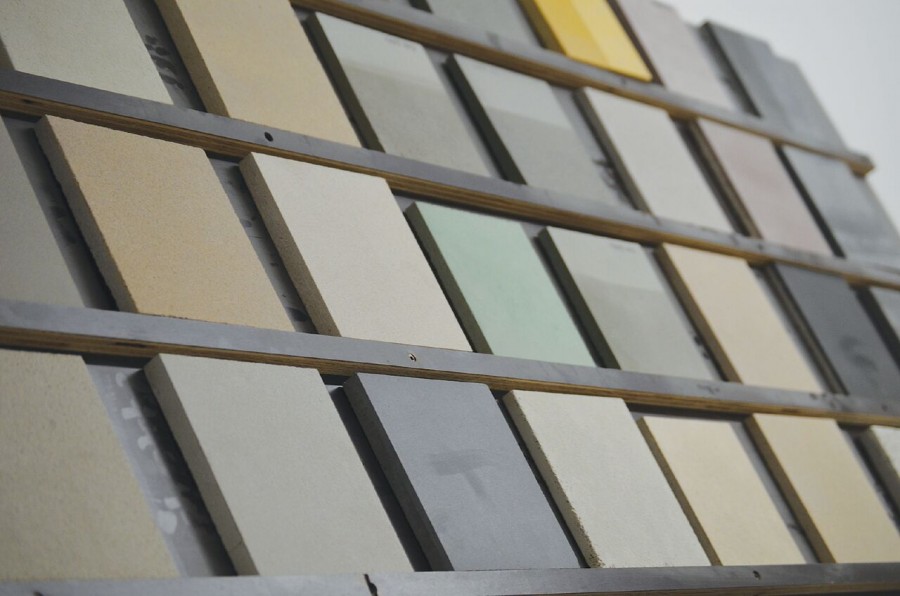
The innovative and cost-effective GRC technology is meeting the challenge for change in the way multi storey buildings are constructed. GRC panels can be unitised allowing the facades to be completely manufactured off-site and delivered to their final location for attachment to a unitised system or the structural frame.
What is GRC
GRC is a fibre reinforced pre-cast concrete with a 50-50 sand cement matrix in a typical wall thickness of 12 to 15mm thick. Hollow rib profiles created around the perimeter and across the rear face at designed centres provide the structural integrity of the components. These ribs are between 50 and 100mm in depth and are not visible once the façade is assembled.
GRC is made in thin concrete sections created by a proprietary process of machine spraying an enriched OP cement and silica sand mix within which alkali resistant glass fibres and polymers combine to provide the engineered performance. Unlike steel, glass fibres will never rust and are consistent throughout the thickness of the profiles. GRC is approximately 80% lighter than pre-cast reinforced concrete cladding and 70% per cent than traditional brick. It offers greater accuracy in manufacturing and installation with excellent flexural strength. It is environmentally preferred with a lower carbon footprint by reducing the co2 emissions created during manufacture and upon associated elements of the structure.
It is lightweight imposing less load on the building frame and thereby producing economies in structural sections for the frame and foundation.
The GRC panels, range from basic storey height units, to more complex 3D and curved designs, in natural aggregate finishes, polished or faced with brick/ceramics. They are proving to be suitable for new construction and the refurbishment of existing buildings.
The development of offsite manufacturing offers advantages in
• weight to promote savings in the ground and the structural frame
• speed of installation removing the need for multiple trade contractors
• quality by obviating the skills shortages upon high rise structures
• logistics in material distribution and access strategy
Telling Architectural supports it range of cladding systems with in-house design and engineering services providing technical support to the client from the outset in an effort to maximise these advantages. Our modern facilities, handling equipment and methods enable us to offer off site manufactured GRC panel including pre-fabrication where required.
Telling’s relocation not only significantly increases its production capacity but creates the space needed for enhanced efficiency. It further expands the scope for the development of emerging technologies to help it to stay at the forefront of its field.
Established in 2002 Telling have a reputation for the design and supply of innovative forms of façade cladding. Our production is undertaken under license with our Norwegian partner, Byggimpuls Fiberbeton, whose systems have been proven in use for close to thirty years in the harsh climates of Scandinavia.
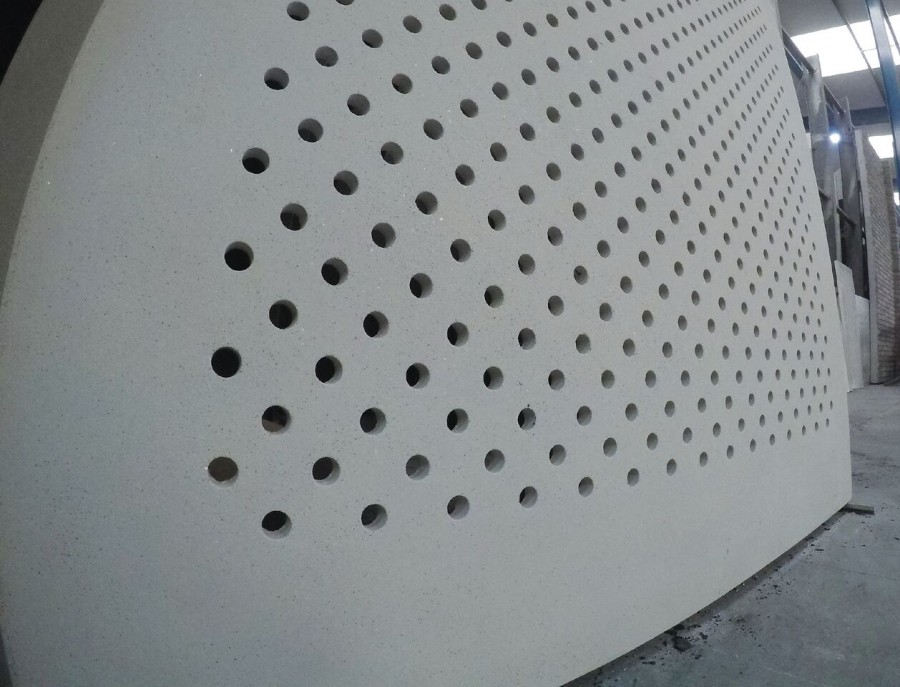
Telling Architectural manufacture all grades of GRC recognised by GRCA International, the industry’s governing body. ISO 18001 accreditation is targeted for late 2017.
The majority of our façade projects require the specialised grade 18 GRC which is the highest technical performing of the GRC grades. This allows Telling to manufacture large format panel systems as standard or bespoke façade total solutions.
Telling has developed the technology for brick faced GRC panels, columns and spandrels panels which at 100 kgs per m2 offer savings to clients in weight, speed and installation. Hand-made, extruded or standard brick slips are mechanically fixed to the grade 18 concrete with threaded stainless steel rods embedded in the rear face of the brick. Pull out values in excess of 2 kN per anchor are achieved. Special lime mortars ensure penetrating moisture is evacuated through the pointing joints. A recently completed scheme on 160 Aldersgate in London is testimony to the quality and benefits of lightweight offsite manufactured brickwork.
The company has undertaken specialised projects such as the GRC ‘chevron’ shaped roof for the Brighton Music Academy panels for which the Cumella ceramic tiles were adhesively bonded and mechanically attached to GRC mounted on prefabricated aluminium frames. 180 panels each with a different tile configuration were produced.
Telling have an in house testing facility which in addition to the daily calibration and quality control measures enables them to test in isolation panels produced on any given day. A bar code scanning system creates total traceability through the production process with unique panel reference labels attached to the delivered units
Existing customers of Telling know that we do not stand still and our moving to a bigger facility means demands upon us to take an increased market share with continuing diversification can be met.
Telling Architectural welcome visits by clients, contractors and architects who wish to see the production of the GRC panels and brick facing process.
PERFORMANCE DATA
Characteristic Mechanical Properties of Grade 18 GRC at 28 days
(MOR28) 18-30 N/mm2
(LOP28) 5-10 N/mm2
(UTS28) 8-12 N/mm2
(BOP28) 4-6 N/mm2
Interlaminar Shear 2-4 N/mm2
In-Plane Shear 7-12 N/mm2
Punching Shear 25-25 N/mm2
Charpy Impact Strength 15-25 N/mm2
Dry Bulk Density 18-21 Kg/m3
Water Absorption 8-13%
Apparent Porosity 16-25%
MOR - Modulus of Rupture (flexural), the ultimate bending stress obtained from the four point bend test.
LOP - Limit of Proportionality (flexural) ie the point at which the stress/strain curve deviates from a straight line.
UTS - Ultimate Tensile Strength - Stress at which GRC fails in pure tension.
BOP - Bend over point (tensile), namely, the stress at which the stress/strain curve deviates from a straight line variation when a sample of GRC is tested in direct tension.










